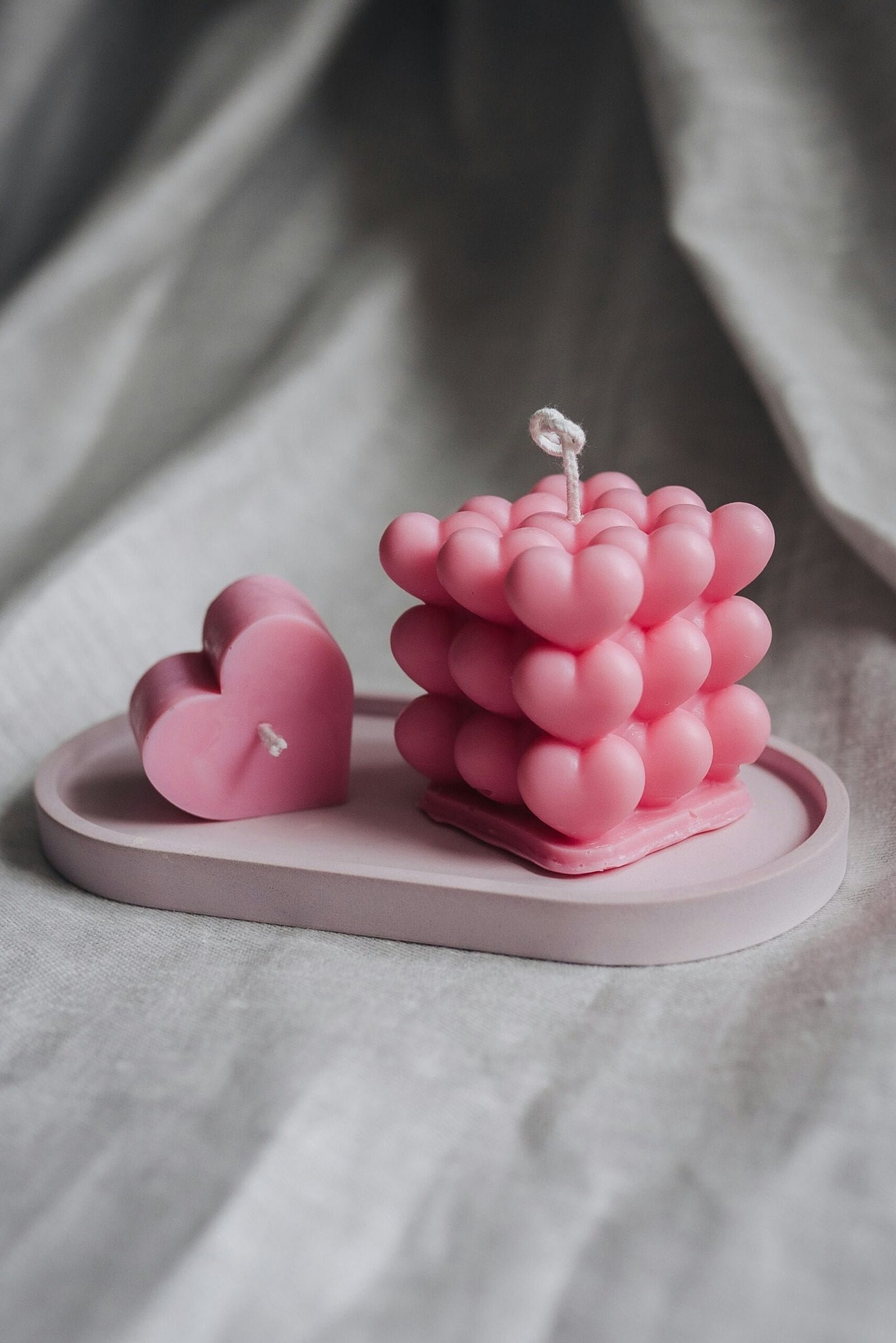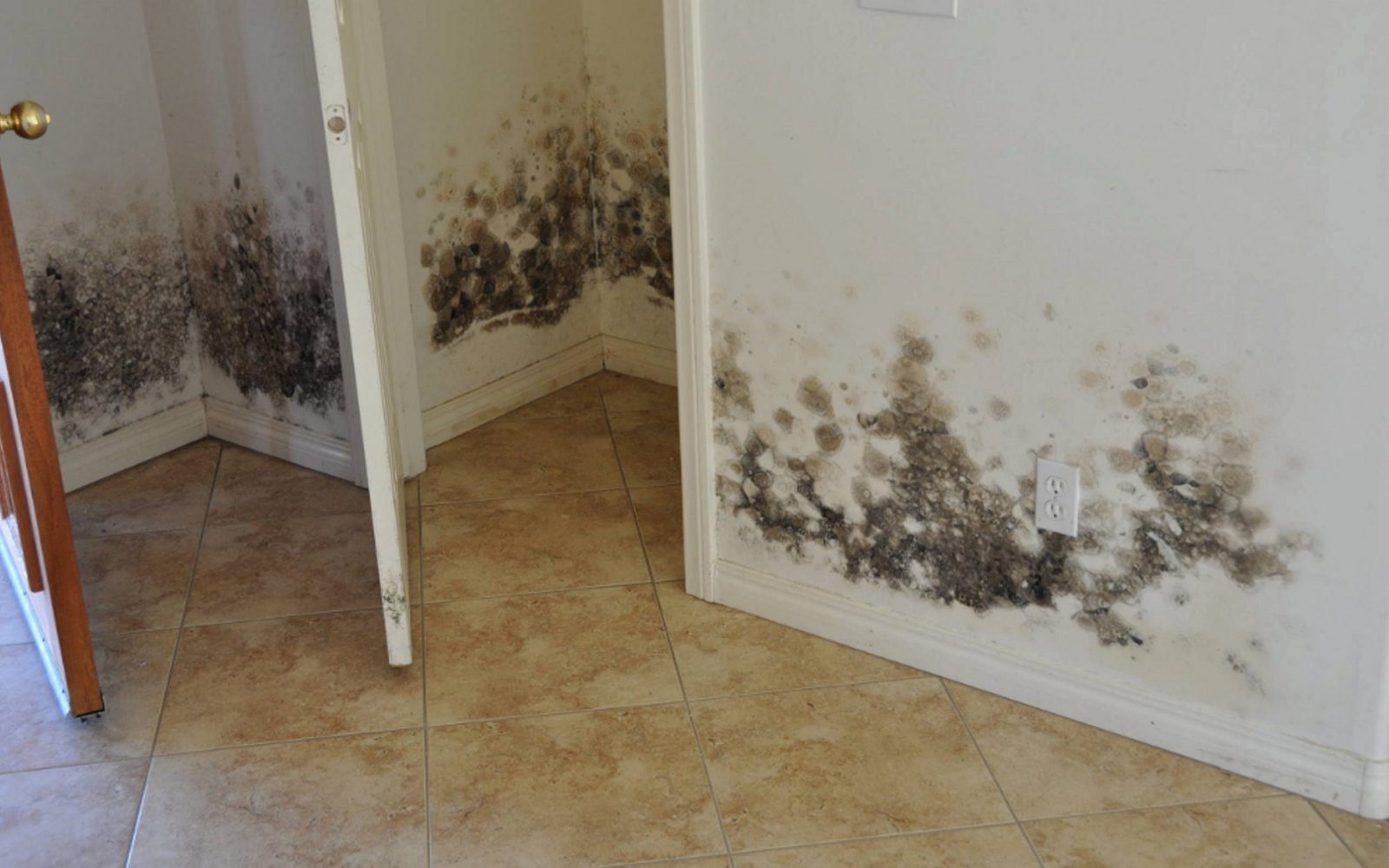Understanding Pink Mold: What Is It?
Pink mold, scientifically known as Serratia marcescens, is a type of bacteria rather than a true mold. It is commonly found in bathrooms and showers, thriving in damp, humid environments where it can feed on soap scum, shampoo residues, and other organic materials. Unlike other molds that appear black or green, pink mold is easily identified by its distinct pink or reddish coloration, which often appears in streaks or blotches on shower curtains, tiles, and grout.

Please, read our post and do not forget to check our YouTube channel “Grig Stamate”:
https://www.youtube.com/@GrigStamate
You will find there, thousands of designing, furnishing, and decorating ideas for your home interior and outdoors.
Allow me to mention one of them:
Small Bathrooms and Powder Rooms | Interior Design | Maximize Your Small Living Space # 15 (video)
The bathroom environment provides an ideal breeding ground for pink mold due to its consistent moisture levels and warm temperatures. Condensation from hot showers, combined with poor ventilation, creates a perfect habitat for Serratia marcescens. This bacterium can spread quickly if not addressed, forming biofilms that protect it from typical cleaning methods and allowing it to persist on surfaces.
While pink mold may seem less threatening than its darker counterparts, it poses several health risks, especially for individuals with compromised immune systems. Exposure to Serratia marcescens can lead to respiratory infections, urinary tract infections, and gastrointestinal issues. In more severe cases, it can cause infections in wounds or the bloodstream, which can be particularly dangerous for those with weakened defenses, such as the elderly, infants, or those undergoing medical treatments that suppress the immune system.
Understanding the nature of pink mold and its preferred living conditions is crucial in effectively managing and preventing its growth. Regular cleaning and proper ventilation can significantly reduce the likelihood of pink mold establishing itself in your bathroom. By recognizing its potential health risks and taking proactive measures, you can ensure a safer, cleaner environment in your home.
Causes and Conditions: Why Pink Mold Grows in Your Shower
Pink mold, often found in showers, thrives under specific conditions that are typically present in bathroom environments. The primary factors that encourage the growth of pink mold include high humidity, poor ventilation, and the accumulation of soap scum and organic materials. These elements create an ideal environment for pink mold to colonize bathroom surfaces, making showers a common hotspot for its appearance.
High humidity is a key contributor to pink mold growth. Bathrooms, especially showers, are constantly exposed to moisture from water usage, creating a persistently damp environment. This moisture is essential for pink mold to survive and multiply. Without proper ventilation to reduce humidity levels, the mold can quickly take hold and spread.
In addition to humidity, poor ventilation exacerbates the problem. Bathrooms that lack adequate airflow do not allow moisture to escape, leading to a buildup of dampness. This stagnant air creates a perfect breeding ground for pink mold. Installing exhaust fans or ensuring that windows are opened during and after showers can help reduce humidity and improve air circulation, thereby hindering mold growth.
Soap scum and organic materials also play a significant role in pink mold development. Soap scum, a residue left behind from soap and water, provides a nutrient-rich surface for mold to adhere to and thrive on. Combined with organic materials like skin cells and body oils, which are naturally shed during showering, these substances create a fertile environment for mold colonization. Regular cleaning to remove soap scum and organic buildup is essential in preventing pink mold from gaining a foothold.
Inadequate cleaning routines can further exacerbate the issue. Neglecting to clean bathroom surfaces frequently allows pink mold to establish itself and spread unchecked. Early signs of pink mold include a slimy, pinkish-red residue on shower curtains, tiles, and grout. By identifying and addressing these signs promptly, homeowners can prevent the mold from proliferating.
Implementing a rigorous cleaning schedule, ensuring proper ventilation, and maintaining low humidity levels are crucial steps in preventing pink mold growth in showers. Regularly inspecting and cleaning bathroom surfaces can help detect and mitigate mold presence before it becomes a more significant problem.
Effective Methods to Get Rid of Pink Mold
Pink mold, often a nuisance in shower areas, can be effectively removed using a variety of methods. These methods range from natural solutions to chemical cleaners, allowing for flexibility based on personal preference and the severity of the mold infestation.
One natural cleaning solution involves the use of vinegar and baking soda. To begin, spray undiluted white vinegar onto the affected areas and let it sit for about 10 minutes. Following this, sprinkle baking soda over the vinegar. The chemical reaction that ensues helps to loosen the mold. Scrub the surfaces with a brush or sponge, making sure to wear gloves to protect your skin. Thoroughly rinse the area with warm water to remove all residues.
For more stubborn mold, bleach can be a powerful ally. Mix one cup of bleach with one gallon of water. Apply this mixture to the moldy surfaces using a spray bottle or sponge. Allow the solution to sit for 10-15 minutes to ensure it penetrates and kills the mold. Scrub the area vigorously with a brush, then rinse well with water. Ensure that the area is well-ventilated during this process to avoid inhaling fumes, and always wear gloves to protect your hands.
Commercial mold removers are another effective option. These products are specifically designed to tackle mold and often come with detailed instructions. Generally, you will spray the product on the affected area, let it sit for the recommended time, scrub, and then rinse thoroughly. Always follow the manufacturer’s safety guidelines, which typically include wearing gloves and ensuring good ventilation.
Cleaning hard-to-reach areas, such as corners and grout lines, requires special attention. Use a toothbrush or a small scrub brush to get into these nooks and crannies. Additionally, maintaining dryness in your shower by using a squeegee after each use and ensuring proper ventilation can help prevent pink mold from returning.
By following these methods and taking preventive measures, you can keep your shower free of pink mold, ensuring a cleaner and healthier bathroom environment.
Preventing Pink Mold: Long-Term Solutions
Maintaining a mold-free shower requires a multifaceted approach focused on ventilation, cleanliness, and humidity control. Ensuring proper ventilation is paramount. Utilize exhaust fans during and after showers to expel humid air, or open windows to allow fresh air circulation. This practice helps to prevent the damp, stagnant conditions that pink mold thrives in.
Regular cleaning routines are also crucial in keeping pink mold at bay. Incorporate a weekly deep-cleaning schedule using mold-resistant cleaning products formulated to inhibit mold growth. Pay special attention to grout lines, corners, and other areas where water tends to accumulate. Additionally, opt for mold-resistant shower curtains and liners, which are designed to repel moisture and reduce mold formation.
Another key aspect is managing humidity levels in the bathroom. Excess moisture creates an ideal environment for mold growth. Consider using a dehumidifier to maintain optimal humidity levels, ideally below 60%. This device can be particularly effective in bathrooms without adequate ventilation.
Implementing simple lifestyle changes can also make a significant difference. After each shower, take a moment to wipe down the walls, doors, and any other wet surfaces with a squeegee or towel. This quick action removes excess water that could otherwise foster mold growth. Furthermore, promptly remove damp items like towels, bath mats, and loofahs from the shower area to prevent them from becoming mold breeding grounds.
Ongoing vigilance is essential to prevent the recurrence of pink mold. Regularly inspect your shower for early signs of mold growth and address any issues immediately. By integrating these long-term solutions into your daily routine, you can effectively minimize the risk of pink mold and maintain a clean, healthy shower environment.
Other related posts from our website:
https://howtobuildahouseblog.com/how-to-re-caulk-a-shower-or-a-bathtub/
https://howtobuildahouseblog.com/stop-your-shower-drain-from-smelling/
Thank you so much for your attention.
Stay tuned. We will upload many other amazing posts to our website and videos onto our YouTube channel.
Thank you so much.
for your time and attention.
Best Regards
See you to another post,
Bye, Bye


